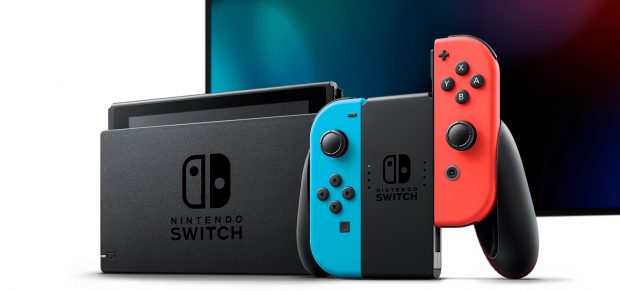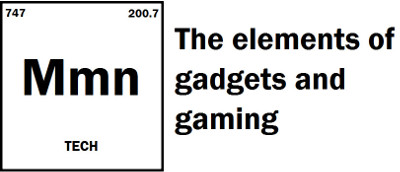

Should Nintendo move to a smartphone model for Switch?
Oh boy, those cheeky market analysts are at it again. This time, they’re suggesting that Nintendo should move to a smartphone based business model for the Switch.
“With every console generation, the install base resets to zero and their earnings power essentially resets to zero. They can continuously have an install base of say 100 million consoles out there, that just moves along over time,” investment manager Toan Tran of 10 West Advisors said in an interview with Bloomberg.
It seems like everyone loves telling Nintendo what to do, despite the company’s track record of not following established rules. Of course, yours truly is no exception to that. Though it is worth noting that financial analysts don’t exactly have a lot of in depth knowledge on the video game market. At least nothing beyond finances. So its worth asking whether this model would actually make sense.
The tradition console model involves releasing a new system every 5-7 years, with its own dedicated library of games. These new platforms may or may not be backwards compatible with old ones. That ensures that a companies have a whole new crop of systems twice a decade that gamers are essentially forced to buy. However, from a financial perspective, the profit margins on hardware aren’t that high. Selling and licensing games is where the industry makes the bulk of its money. So logically you’d make more if you had one floating platform with a shared user base.
What analysts are proposing is releasing new and more powerful hardware every other year, while keeping it backwards compatible with the entire existing library. This has worked well for phones, which are generally purchased on contract and fall under this continuous expense. Basically a lease to own agreement.
In terms of gaming, we actually do have a precedent for this model: the IBM-compatible PC.
PCs don’t have hardware generations. New components get updated and released on a fairly regular basis. But for the most part, games made 10-15, even 20 years ago will happily run on modern systems. Often at higher resolutions and frame rates than were possible when they originally released. This model has been working well for a long, long time with a decent amount of success.
The ridiculous amount of backwards compatibility PCs have is one of their biggest selling points. It’s worked so well in fact that Microsoft has been committed to this on their consoles as well, with the Series X supporting games back to the original Xbox. So the idea of a perpetual console seems like a sweet deal.
However, I can see some pretty big problems with this.
Nintendo still focuses heavily on the family demographic for their consoles. While the House of Mario has recently been busting their spaghetti to bring hardcore gamers back into the fold, their core audience is still arguably kids, casuals, and first time players. So those systems have to be as simple and intuitive to use as possible.
With this rolling generation thing, you’re eventually going to run into a situation where newer games won’t work on older models. Which will lead to a lot of disappointed players. Now, this can be mitigated by going to all-digital marketplace. The App and the Play Stores, for example, won’t let you purchase and download apps that aren’t compatible with your device. But what do you do with older cartridge based games? Those still sell a lot of copies according to the monthly charts.
The other problem is fragmenting the marketplace. Developers will have less incentive to make games that take advantage of more powerful hardware, unless that more powerful model hits a critical mass of sales. This is already a big problem for smartphone games. Most use very simplistic graphics because the vast majority of devices out there are older models or on the lower end.
Now this isn’t as big an issue on the PC. However, a lot of games still don’t take advantage of newer tech. It costs a lot of money to add features that only a small percentage of gamers can actually use. Two years after Nvidia released their first generation RTX cards, there are still very few games that actually incorporate ray tracing. That’ll change once the next gen consoles release, but you see, that’s the problem. They’re waiting for mainstream hardware to catch up. So it becomes this chicken and egg scenario. Do you buy the newer model now in hopes that games will use the newer tech in the future, or do you save your money and stick with the current model that games are already optimized for?
While I think the rolling model that PC uses does have a lot of significant advantages, the console model with distinct generations does make a lot of sense. It’s easier for less tech literate consumers to understand. It also gives them a guarantee that all games released for the platform over the next 5 or so years will work with their hardware. Giving them more value for their dollar, which is especially important for families. Though I do think maintaining backwards compatibility with older systems, whenever technically possible, is ultimately the most consumer friendly approach.


